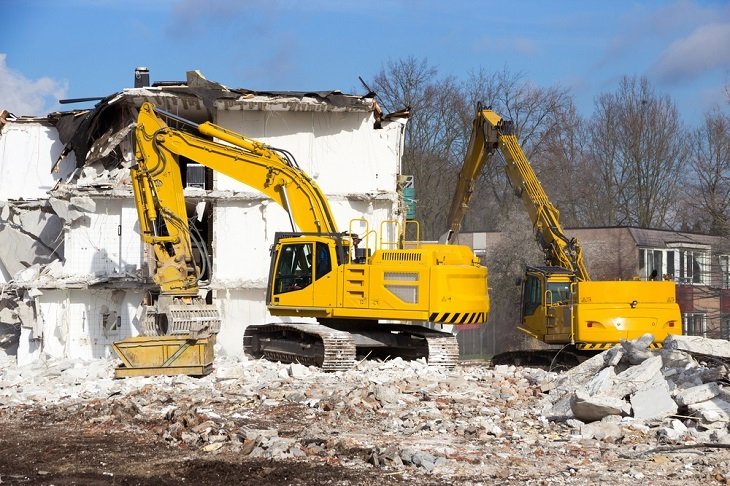Bulk excavation is the process of excavating the earth’s surface and producing a hole or cave with the help of man or machinery for making the foundation of any construction. This process includes a significant volume of dirt, rock, or other material removal from a particular place. It is carried out as part of the construction process.
Bulk excavations can be performed for both residential and commercial projects where the land must be leveled before development can begin. For different sorts of excavation work, different tools are utilized. Smaller machinery is employed when the construction job is only for a small region. Larger gear with all the swings attached is utilized for larger projects such as railways, roads, buildings, and parks.
Types of Excavation
The bulk excavation is classified on the basis of material and purpose. Let us look into the different types of excavation on that basis.
Material Excavation
Rock excavation
Rock excavation is a sort of bulk excavation that involves clearing and leveling rocky areas. When a building must be constructed on a rocky surface, rock excavation is required. To remove the rock and clear the surface, a lot of drilling or even blasting is required.
Topsoil excavation
Topsoil excavation entails the removal of the earth’s surface’s outermost or topmost layer. The top layer of the earth’s surface is frequently used for plants, causing the soil to become highly unstable. Excavation takes place in this type of land while the land is being leveled for a construction project.
Earth excavation:
This type of bulk excavation involves the layering of earth and leveling it for building projects like bridges, drainage, and other such building constructions. Here the soil that is above the topsoil is removed and made even.
Muck excavation:
The combination of soil and water is called muck. When the earth’s soil and the topmost surface of the earth are removed, the muck area of the earth comes to display. The removal of muck by machinery is called muck excavation. It is either dug out and moved to another place or spread out in the open to dry.
Unclassified excavation:
This type of bulk excavation deals with the removal of all the musk, earth, rock, and topsoil excavation. This type of removal is usually done for most of the construction of buildings. The removal of land in every layer is needed for the leveling to be better and for the foundation to be laid properly.
Purpose of work excavation
Dredging:
This involves the removal of debris from underwater as it can build up and make construction and passage of boats and ships difficult. Hence, the sentiments and debris are removed to prevent such events from happening.
Trench evacuation:
This type of excavation goes deep into the earth’s surface. The land is removed in order to put in lines, pipelines, and sewer systems and to lay the foundations for a building. Factors like the purpose of excavation, condition of the ground, and a number of constructions depend on what techniques would be used.
Basement excavation:
This is done below the ground level and partially below the ground level. This type of excavation can be a bit complicated because of the size of the property.
Cut and fill excavation:
Large regions must be cleared for this sort of excavation. The topsoil, rocks, sand, and other elements that are not required for the construction project are removed in wide and shallow layers.
Conclusion:
Along with the above-mentioned excavation, other bulk excavations for the purpose of work like roadways, bridges, channels, and drainages are also done. This type of work is done on almost every construction site and is also a much-needed factor for starting any type of construction.




